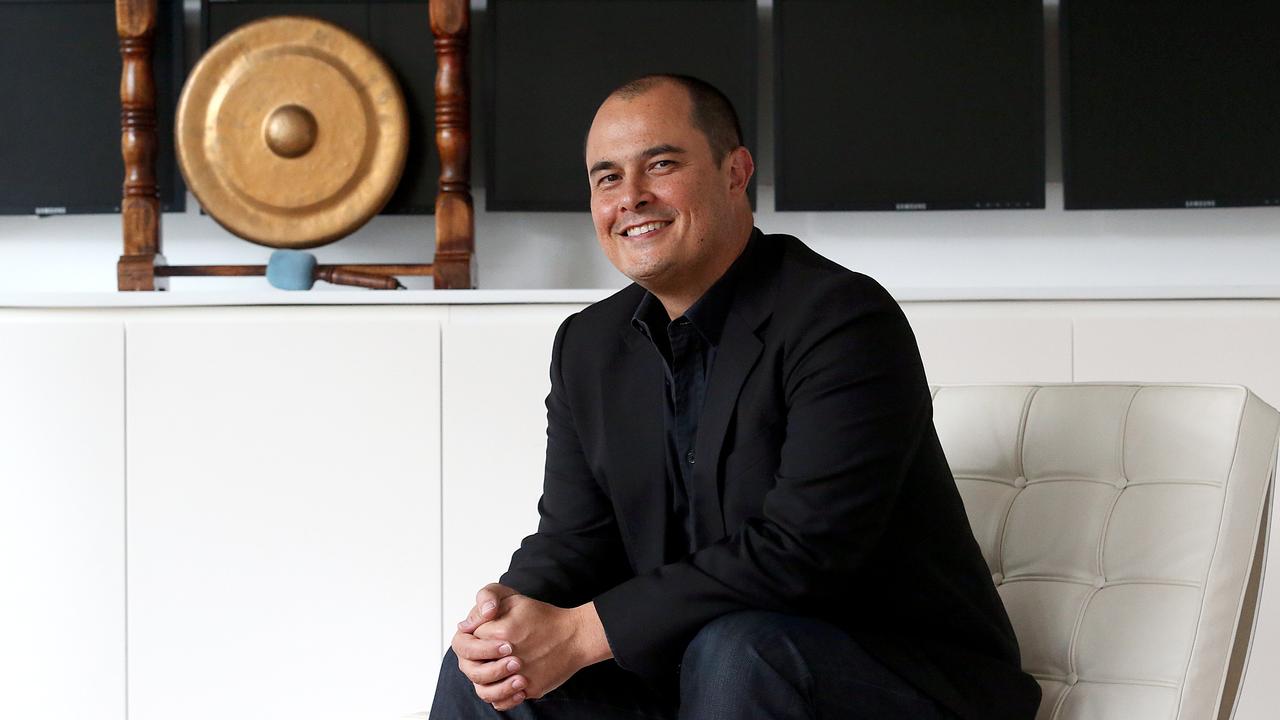TikTok sets 60-minute limit for teen users
The China-owned social media company has moved to reduce how much time teenagers are spending in the app.

Social media app TikTok has introduced new screen time restrictions for its under-18 users, restricting them to an hour of use each day until they change their settings, amid growing concerns of social media addiction.
In coming weeks, TikTok users under the age of 18 will automatically be set to a one-hour daily limit, as part of a broader suite of new safety and wellbeing features aimed at the video sharing app’s youngest users.
“Today we’re announcing new features for teens, families, and our broader community. We believe digital experiences should bring joy and play a positive role in how people express themselves, discover ideas, and connect,” TikTok’s head of trust and safety Cormac Keenan said in a blog post.
“We’re improving our screen time tools with more custom options, introducing new default settings for teen accounts, and expanding Family Pairing with more parental controls.

“While there’s no collectively-endorsed position on the ’right’ amount of screen time or even the impact of screen time more broadly, we consulted the current academic research and experts from the Digital Wellness Lab at Boston Children’s Hospital in choosing this limit.”
The update, to be implemented at an unspecified date in coming weeks, comes amid mounting concern from parents and families about social media addiction and the amount of time children are spending on the Chinese-owned social media app.
Ms Keenan said that when the 60-minute limit is reached, users under 18 will be prompted to enter a passcode and make an “active decision” to keep watching. And if a young user is still on TikTok after 100 minutes they will be prompted to set a daily screen time limit.
If a setting called ‘Family Pairing’ is enabled, a parent can set screen time, restrict some content and place restrictions on who the child can message on the app.
The app, which was the most downloaded app of 2022, will also gain a new screen time dashboard which will break down how long the user has been active over a number of days.
Other platforms have added similar features in recent years, with Instagram adding new parental controls last year that lets parents set time limits, and see how much time their teenage kids are spending on Instagram.

As The Australian reported last year the arrival of the Delta coronavirus strain and severe state government lockdowns led to a spike in misinformation on TikTok, with thousands of Australian videos removed according to documents filed under a misinformation code of practice.
TikTok uses a combination of AI and human moderators to verify reported content, along with third-party fact checkers in conjunction with Australian Associated Press (AAP).
It comes as the United States, the European Parliament and Canada have all moved to ban TikTok from government devices, citing concerns over who could access user data.
TikTok is owned by ByteDance, a private company headquartered in Beijing.
The White House on Monday gave its government agencies 30 days to ensure they don’t have the TikTok app on federal devices.
Australia’s Treasurer Jim Chalmers said this week however that the federal government had not received advice from its security agencies to follow suit.
“We’ll take the advice of our national security agencies. That hasn’t been the advice to date,” Mr Chalmers said on ABC Television.
Opposition cyber security spokesman James Paterson said on Thursday that Australia is falling “dangerously behind” in protecting Australians and government officials from TikTok.
“For eight months now, I’ve been asking the Albanese government to act to protect Australians from this application for I secured a security direct admission from TikTok in correspondence in July 2020 that Australian user data is accessible in mainland China,” Mr Paterson told Sky News.
“As soon as I secured that admission, I forwarded it to the Minister for Home Affairs and cybersecurity Claire O’Neil and I asked her to act and had she done so then Australia would have led the world as we did with Huawei in 2018 when we were the first to ban it.”





To join the conversation, please log in. Don't have an account? Register
Join the conversation, you are commenting as Logout